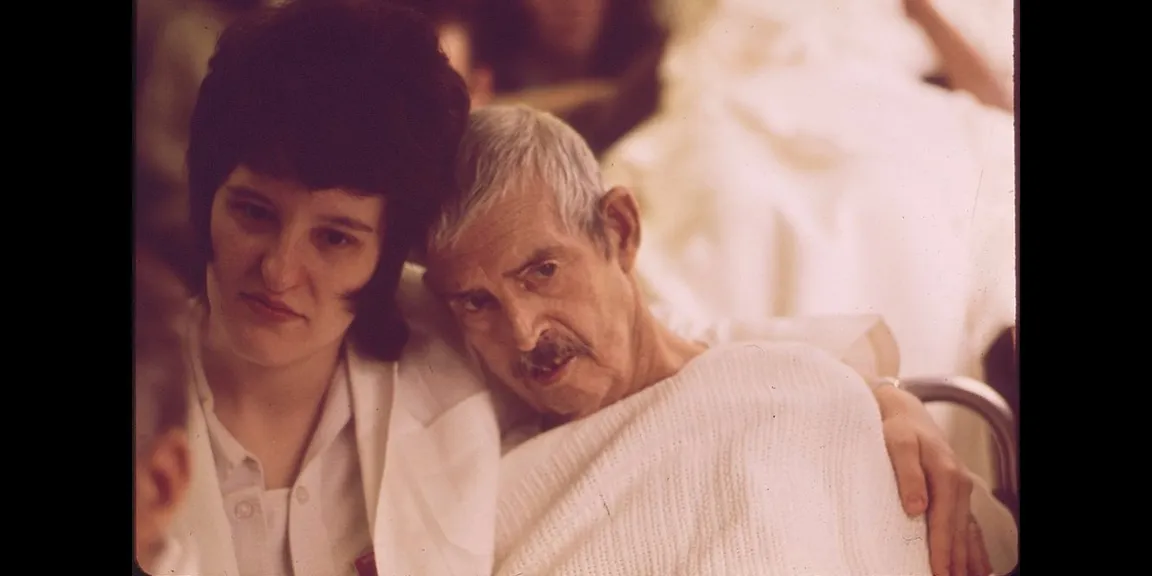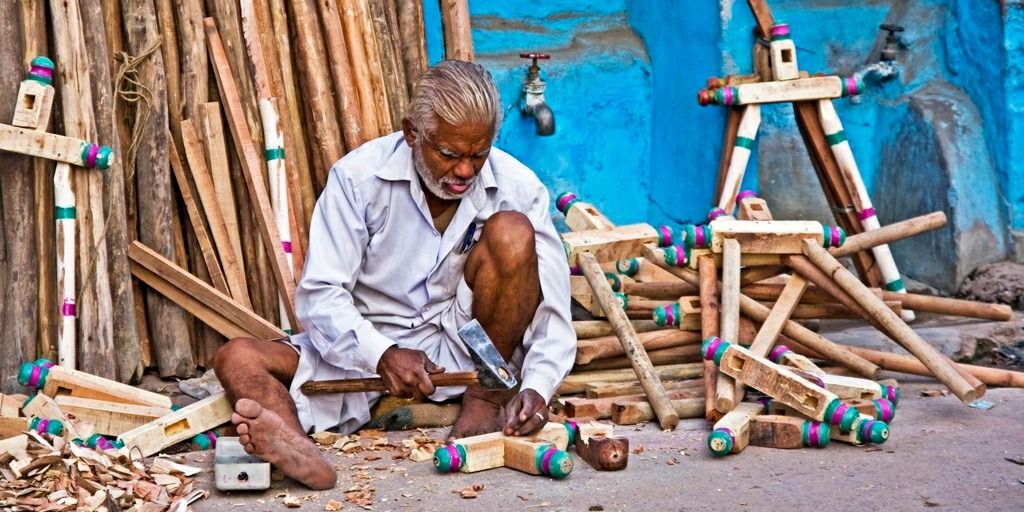

Elderly Patients and Hip Fractures- Prevention, Treatment and Recovery
Hip fractures are among the common heath concerns for the elderly. Most hip fractures occur in individuals above 60. Elderly people face a higher risk of slipping and falling, which often leads to breaking the hip. Lack of coordination causes them to fall as well as diminished eyesight and weakness. Fractures happen frequently among older people when they fall because their bones are weaker due to conditions such as osteoporosis.
Risk Factors
• Risk factors for hip fractures include osteoporosis, which is a disease that weakens the bones and makes them vulnerable to fractures.
• The most affected by osteoporosis are women and even activities that exert minimal pressure or weight-bearing can cause hip fractures. Loss of bone density occurs faster in women than man because of the reduction in estrogen levels when the process of menopause begins.
• Eating disorders, poor nutrition, excessive drinking and smoking can increase the risk of fractures.
• Any tripping hazards in the home such as electrical wiring and loose rugs, poor lighting and unstable stair rails can lead to falls and subsequent fractures.
• Certain medical conditions heighten susceptibility to hip fractures due to bone loss or by increasing the possibility of falling. These include gastrointestinal disorders, diabetes, prolonged immobility and dementia.
Symptoms
People are usually aware when their break their hip. There is typically a lot of pain around the hip and groin and the inability to walk. There may also be symptoms such as stiffness and inflammation around the area of the hip. Hip fractures as documented at http://assistedlivingnearme.org/article/hip-fractures-in-the-elderly.html are serious and life-threatening.
Treatment
It is important to ensure that an elderly loved one is able to access medical assistance immediately. Surgery can usually be performed within a day to fix the hip fracture. Broken hips are diagnosed from the symptoms and x-rays that are used to verify the type of fracture.
Femoral neck and intertrochanteric region fractures are the main types of fractures in the hip area. Older people usually have to undergo a surgical procedure to fix the break. Surgical intervention will depend on factors such as the type of fracture or how severe the break is, age and prognosis.
Rehabilitation and Recovery
Regardless of whether an elderly patient undergoes surgery or receives non-operative treatment, rehabilitation should begin promptly to restore their mobility. Recovery can be a long process and patients have the option of moving to a rehabilitation center or nursing facility after leaving hospital.
Physical therapists can begin working with patients by helping them walk after surgery. Physical therapy consists of activities such as balance retraining and strengthening exercises while occupational therapy deals with daily living tasks such as bathing and dressing.
Some people recover fully but others may need to use canes and walkers or move to nursing homes permanently. Caregivers are required to help the elderly take preventative measures and adhere to therapy routines.
Prevention
• You can reduce the risk of hip fractures by creating a safer environment. Install adequate lighting and make sure that switches are within reach.
• Rugs and carpets should be secured to the floor.
• Make the bathroom safer with a firm seat that can be used for support while bathing, place grab bars strategically and make sure that mats are skid-resistant.
• All furniture items should be stable.
• Make sure that steps and floors are not slippery.
• Consult a doctor regarding the options that are available for increasing bone density.




.jpg)
